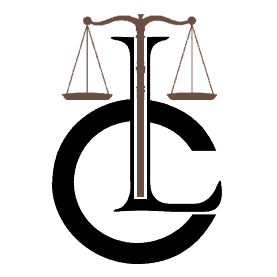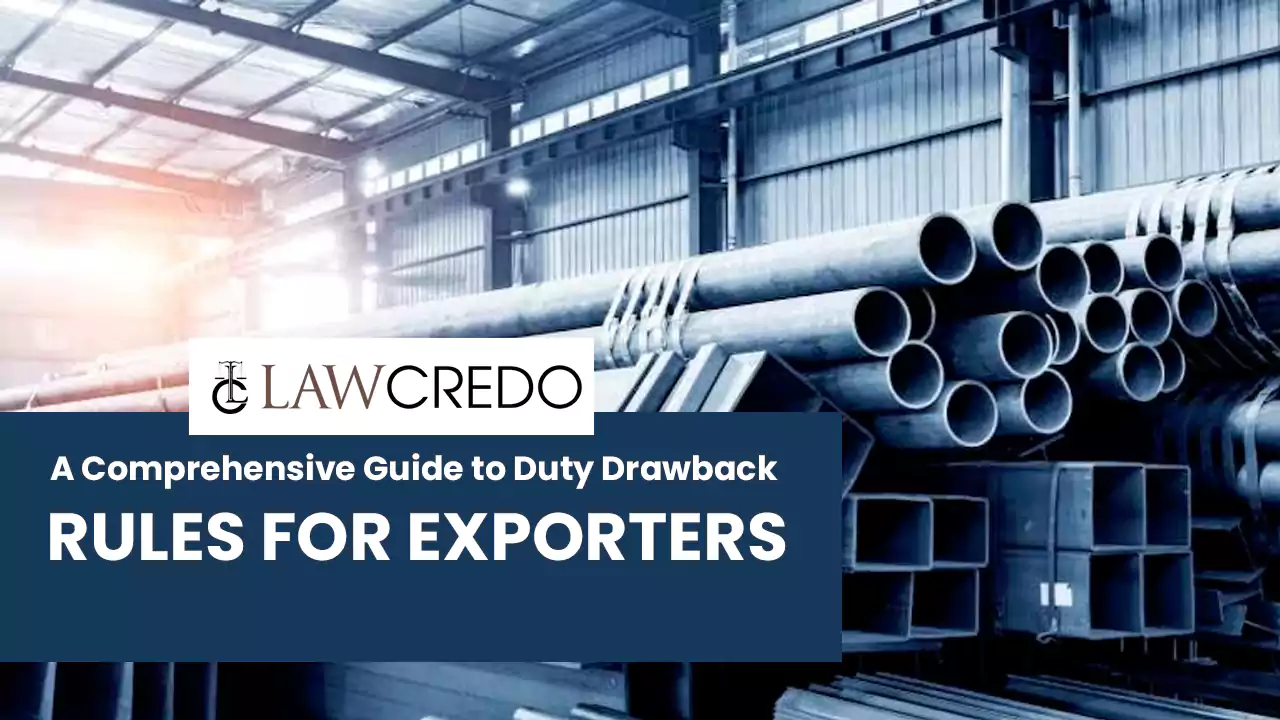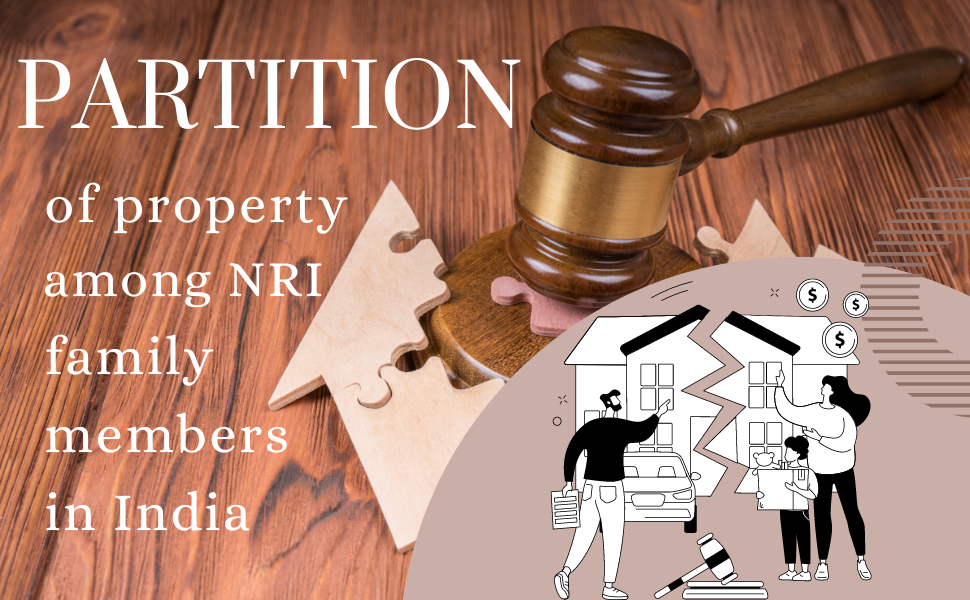For many businesses engaged in import and export, customs duty is often viewed as a burden. However, did you know it can actually benefit your business? That’s right! Through a process called duty drawback, you can receive a refund of import duties and taxes paid on materials used in the production of exported goods.
It may sound complicated, but with the right information and understanding of the process, you can reap the benefits of duty drawback, ultimately increasing your profits and minimizing costs. So, let’s dive into this comprehensive guide to duty drawback rules for exporters.
What is Duty Drawback?
As defined by U.S. Customs and Border Protection, “Drawback refers to the return of specific duties, internal revenue taxes, and fees that were collected during the importation of goods. This refund is given to the exporter when the merchandise is either exported or destroyed.”
The duty drawback process and benefits are quite simple to understand. If you import materials to produce finished products that are later exported, you can apply for a refund of the import duties and taxes paid on those materials. This refund is available on direct and indirect duties paid on imported goods and excise fees.
Let’s say a company in the United States imports raw materials from Canada to produce a product they export to Mexico. They pay a certain amount of duty on the materials imported from Canada. However, since the final product is meant for export, the company can apply for duty drawback and receive a refund of the duties paid on the imported materials.
This refund will relieve the burden of paying import duties on materials that will eventually be used in products meant for export.
Types of Duty Drawback
There are three types of duty drawbacks that you can utilize to receive a refund. These types include:
- Direct Identification: It’s available when the imported goods used in the production of exported goods can be specifically identified.
- Substitution: This drawback is available when imported goods used in the production of exported goods cannot be specifically identified but are interchangeable with other imported goods.
- Manufacturing: This type of drawback is available when imported goods are used in the production of exported goods, but the exported goods are different from the imported goods.
Each type of duty drawback has its own set of requirements and limitations. So, you should carefully evaluate which type of drawback is best suited for your specific situation.
Requirements for Duty Drawback
To be eligible for duty drawback, you must meet the following requirements:
- The exported goods must be manufactured or produced in the United States using imported materials on which duty was paid.
- The exported goods must be exported within five years from the date of importation of the materials.
- The exported goods must not have been used in the United States before being exported.
- The exporter must have proof of payment of duty on the imported materials and proof of export of the finished goods.
If you want to take advantage of duty drawbacks, it’s essential to keep detailed records of all imported materials used in the production of exported goods, as well as proof of payment of duty on imported materials and proof of exportation of finished goods.
Working with a trade consulting company can help ensure that you are complying with all the requirements for duty drawback and can help you file a successful claim. They have a team of lawyers, accountants, and auditors to keep you informed of any changes to the duty drawback rules and regulations, which can be complex and ever-changing.
The Duty Drawback Process
The process of availing drawbacks begins by filing a claim with the U.S. Customs and Border Protection (CBP) within three years from the date of exportation of the finished goods. After that:
- Provide required information: You need the following information:
- Name and address of your company
- A detailed description of the imported materials used in the production of the exported goods
- Amount of duty paid on the imported materials
- Date of importation of the materials
- Amount of exported goods
- Date of exportation of the finished goods
- Port of exportation
- Proof of exportation of the finished goods
- CBP review: The CBP will review the claim and determine if it meets the requirements for duty drawback.
- Refund: If the claim is approved, you will receive a refund of the duties paid on the imported materials used in the production of the exported goods.
The Bottom Line
Duty drawbacks can provide significant cost savings for exporters who understand and utilize the system effectively. However, navigating the rules and regulations can be complex. Hopefully, this article will help you file for a claim and boost your business. For more information, make sure to consult a lawyer or trade consulting company.
 Law Credo
Law Credo






